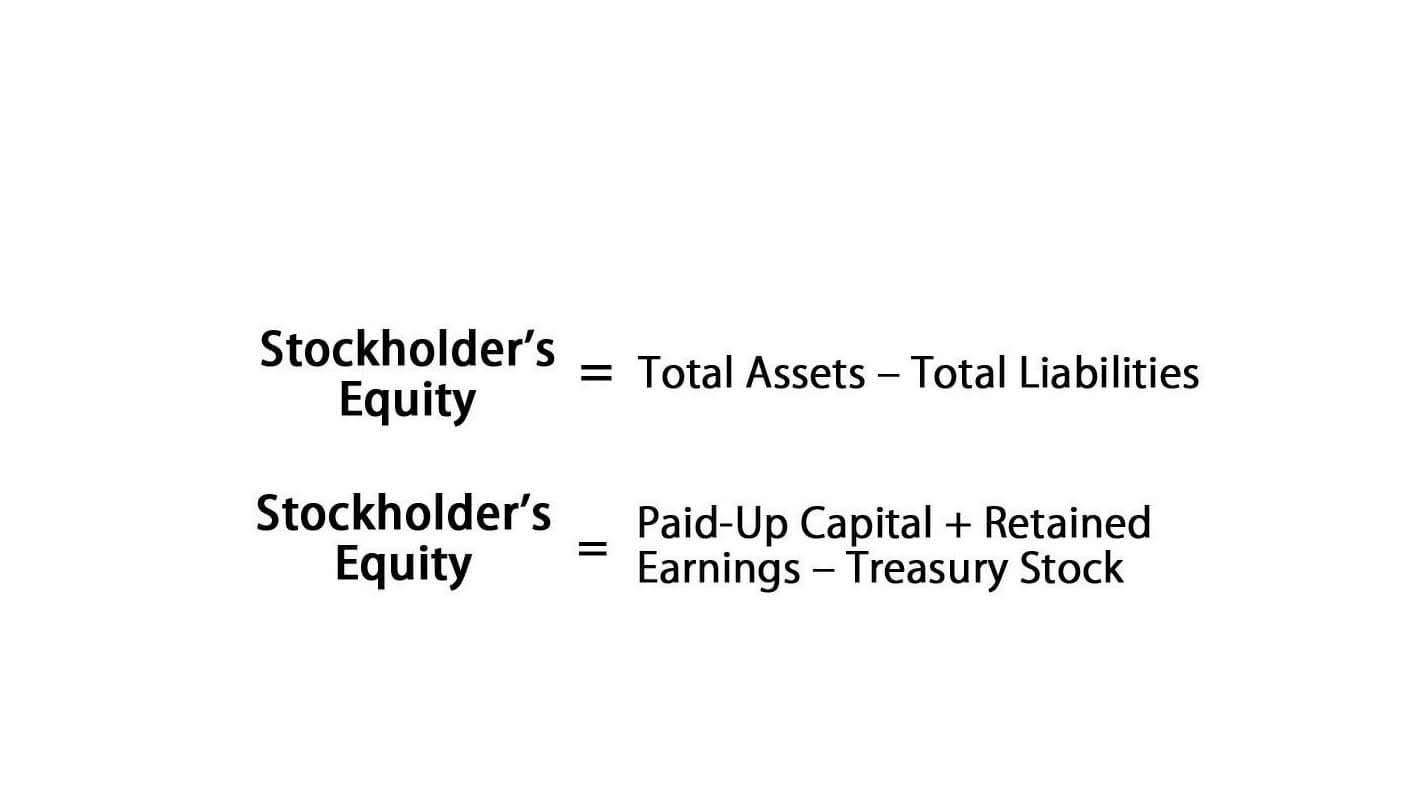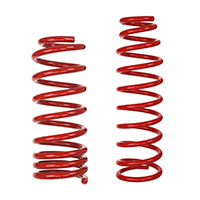Current Ratio Formula

Seasonality is normally seen in seasonal commodity-related businesses where raw materials like sugar, wheat, etc., are required. Such purchases are done annually, depending on availability, and are consumed throughout the year. Such purchases require higher investments (generally financed by debt), increasing the current asset side. However, the end result of the calculation could mean different things based on the result.
Current assets
The quick ratio is considered more conservative than the current ratio because its calculation factors in fewer items. There are a few cases in which a company can have a balance sheet current ratio at or around 1 and still be quite healthy. This includes those that can convert their inventories to cash in a snap. (Think supplies, parts, and product https://www.bookstime.com/ that tend to be bought and sold fast, and without much hassle or need for loans.) If this is not the case, then you should be wary of such a low ratio. You should also worry if you’re dealing with a company that relies on vendors to finance much of the cash, such as if they provide credit for goods that end up being sold to the end customer.

What Is the Balance Sheet Current Ratio?
We have discussed a lot about the advantages and benefits of having an optimum current ratio. However, there are a few factors from the other end of the spectrum that prove to be a disadvantage. From the above table, it is pretty clear that company C has $2.22 of Current Assets for each $1.0 of its liabilities. Company C is more liquid and is better positioned to pay off its liabilities. My Accounting Course is a world-class educational resource developed by experts to simplify accounting, finance, & investment analysis topics, so students and professionals can learn and propel their careers.
What It Means When the Balance Sheet Current Ratio is High

The current liabilities of Company A and Company B are also very different. Company A has more accounts payable, while Company B has a greater amount in short-term notes payable. This would be worth more investigation because it is likely that the accounts payable will have to be paid before the entire balance of the notes-payable account. Company A also has fewer wages payable, which is the liability most likely to be paid in the short term. The first way to express the current ratio is to express it as a proportion (i.e., current liabilities to current assets). While a high Current Ratio is generally positive, an excessively high ratio may indicate underutilized assets.
- The quick ratio is a more appropriate metric to use when working or analyzing a shorter time frame.
- Within the current ratio, the assets and liabilities considered often have a timeframe.
- A current ratio of less than 1 means the company may run out of money within the year unless it can increase its cash flow or obtain more capital from investors.
- It’s particularly useful when assessing the short-term financial health of potential investment opportunities.
- Often, the current ratio tends to also be a useful proxy for how efficient the company is at working capital management.
- Suppose we’re tasked with analyzing the liquidity of a company with the following balance sheet data in Year 1.
What Does the Current Ratio Measure?
- This ratio, however, should not be viewed in isolation but rather as part of a holistic financial analysis.
- Short term obligations (also known as current liabilities) are the liabilities payable within a short period of time, usually one year.
- Since the current ratio includes inventory, it will be high for companies that are heavily involved in selling inventory.
- If a retailer doesn’t offer credit to its customers, this can show on its balance sheet as a high payables balance relative to its receivables balance.
- In simplest terms, it measures the amount of cash available relative to its liabilities.
It reflects a company’s ability to generate enough cash to pay off all debts should they become due at the same time. While this scenario is highly unlikely, the ability of a business to liquidate assets quickly to meet obligations is indicative of its overall financial health. Current assets are all the assets listed on a company’s balance sheet expected to be converted into cash, used, or exhausted within an operating cycle lasting one year. Current assets include cash and cash equivalents, marketable securities, inventory, accounts receivable, and prepaid expenses. The formula to calculate the current ratio divides a company’s current assets by its current liabilities. The current ratio is a liquidity measurement used to track how well a company may be able to meet its short-term debt obligations.
- But a too-high current ratio may indicate that a company is not investing effectively, leaving too much unused cash on its balance sheet.
- Ask a question about your financial situation providing as much detail as possible.
- The current ratio is a measure used to evaluate the overall financial health of a company.
- We may earn a commission when you click on a link or make a purchase through the links on our site.
- For example, in some industries, like technology, companies may maintain lower Current Ratios as their assets are less liquid but still maintain financial health.
- To calculate your current ratio, simply take your current asset value and divide it by the value of your current liabilities.

A high current ratio is generally considered a favorable sign for the company. Creditors are more willing to extend credit to those who can show that they have the resources to pay obligations. However, a current ratio that is too high might indicate that the company is missing out on more rewarding how to calculate current ratio opportunities. Instead of keeping current assets (which are idle assets), the company could have invested in more productive assets such as long-term investments and plant assets. GAAP requires that companies separate current and long-term assets and liabilities on the balance sheet.
The range and gauge of ratios will vary by industry due to the way each is funded, the rate at which cash cycles through, and other factors. In this article, you will learn about the current ratio and how to use it. You will also learn how to add the formula to your spreadsheet to automatically perform current ratio calculations.

How to calculate the current ratio
Ideally, a company having a current ratio of 2 would indicate that its assets equal twice its liabilities. While lower ratios may indicate a reduced ability to meet obligations, there are no hard and fast rules when it comes to a good or bad current ratio. Each company’s ratio should be compared to those of others in the same industry, and with similar business models to establish what level of liquidity is the industry standard. In other words, it is defined as the total current assets divided by the total current liabilities. Similarly, companies that generate cash quickly, such as well-run retailers, may operate safely with lower current ratios.







